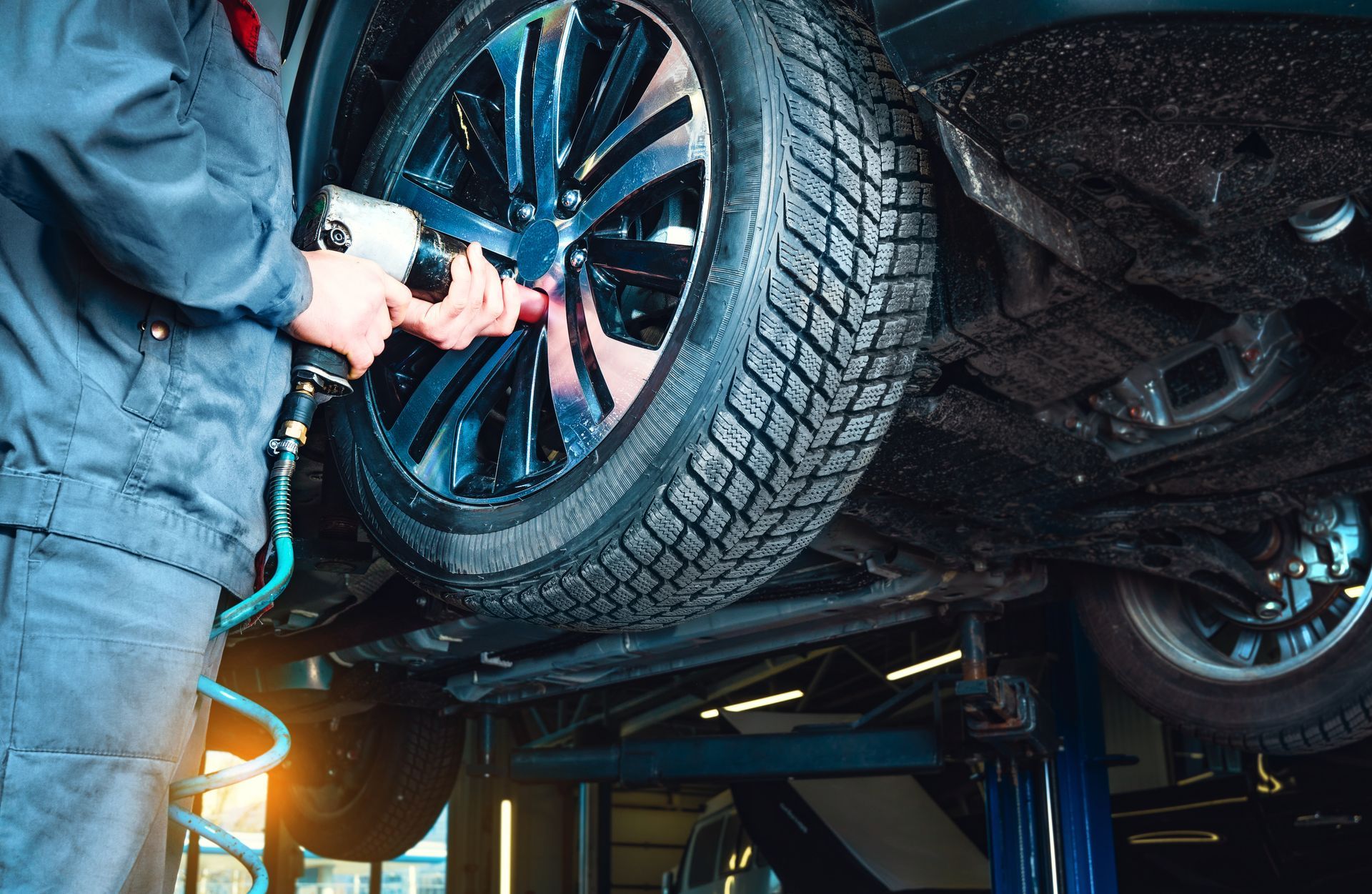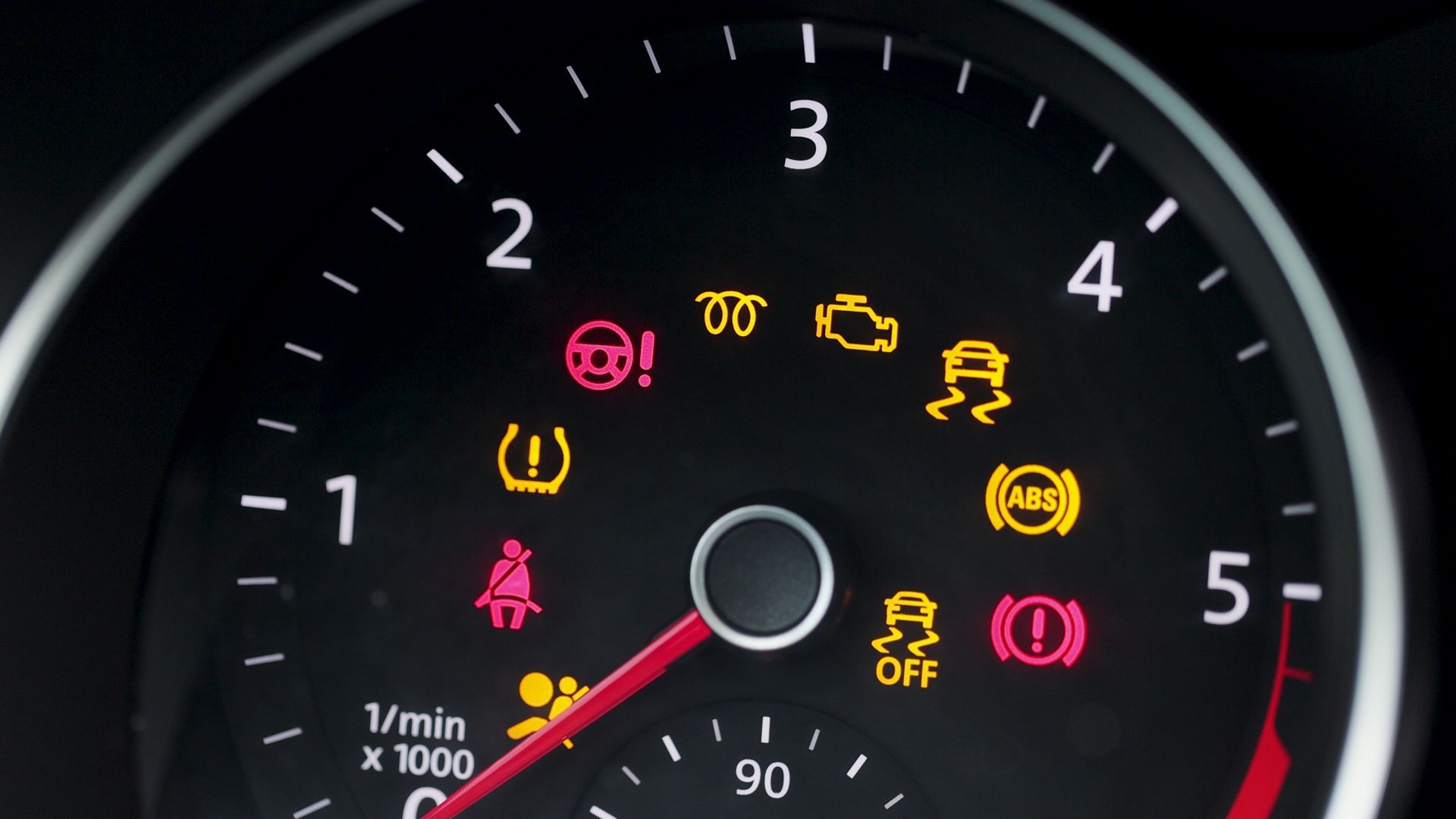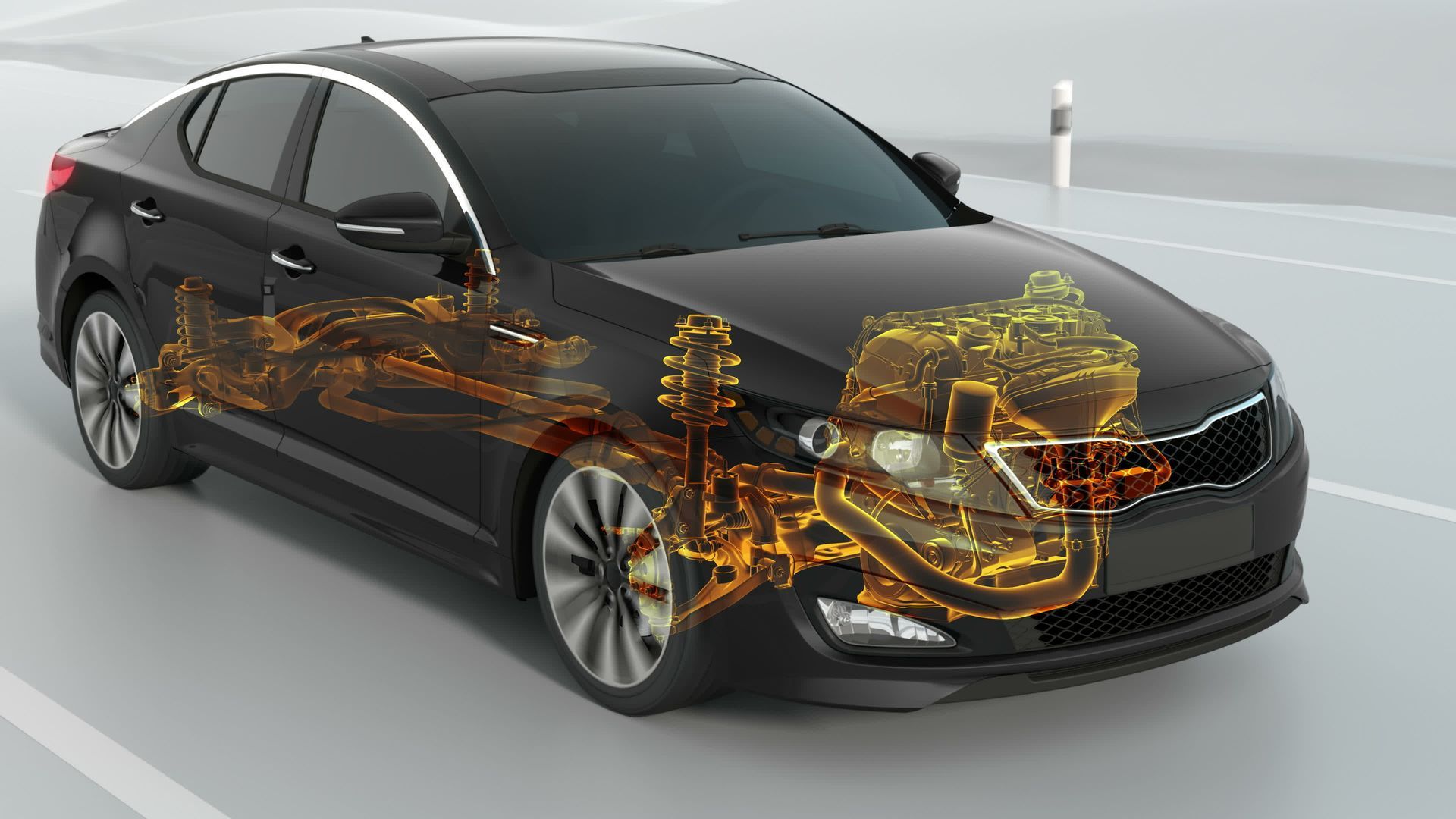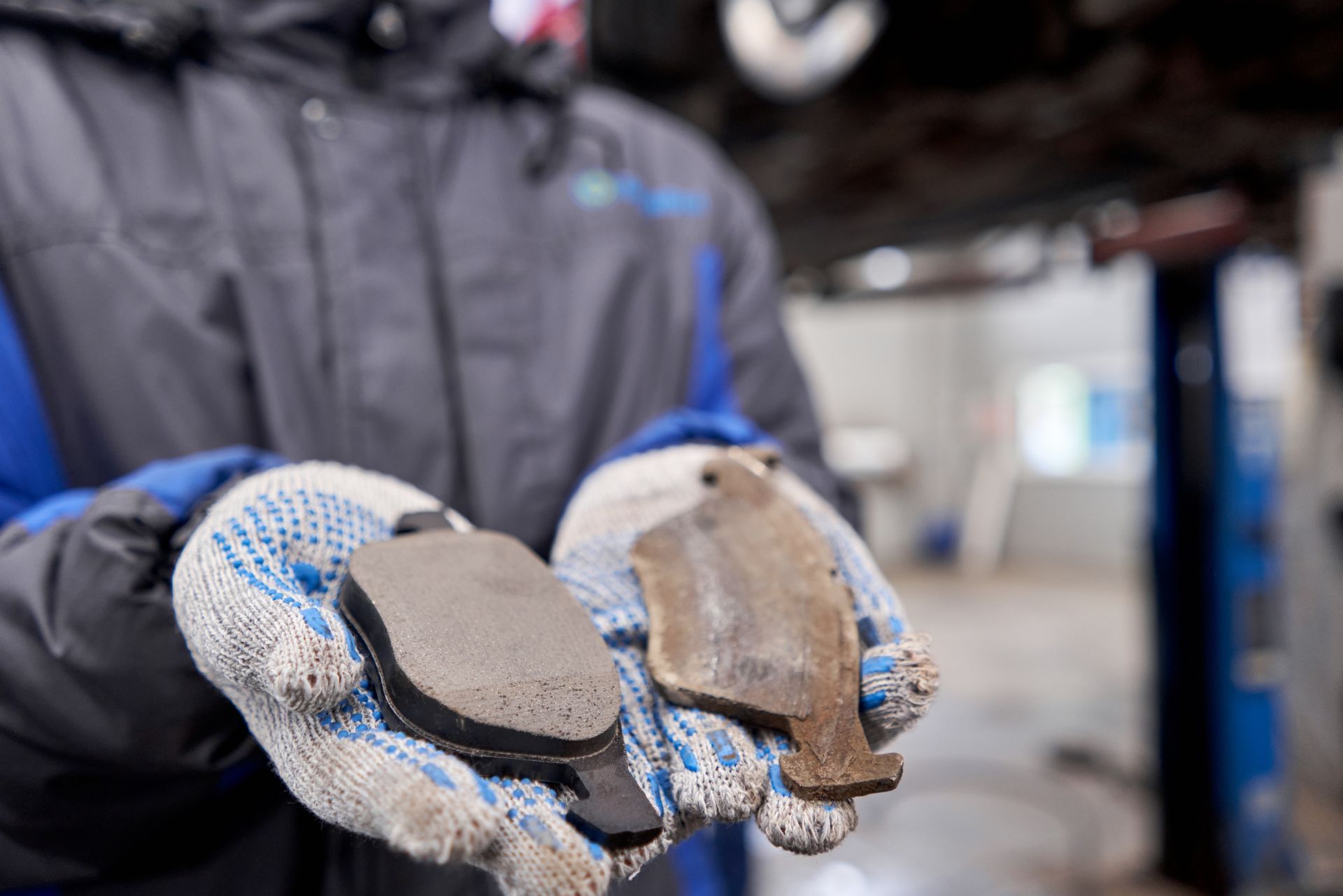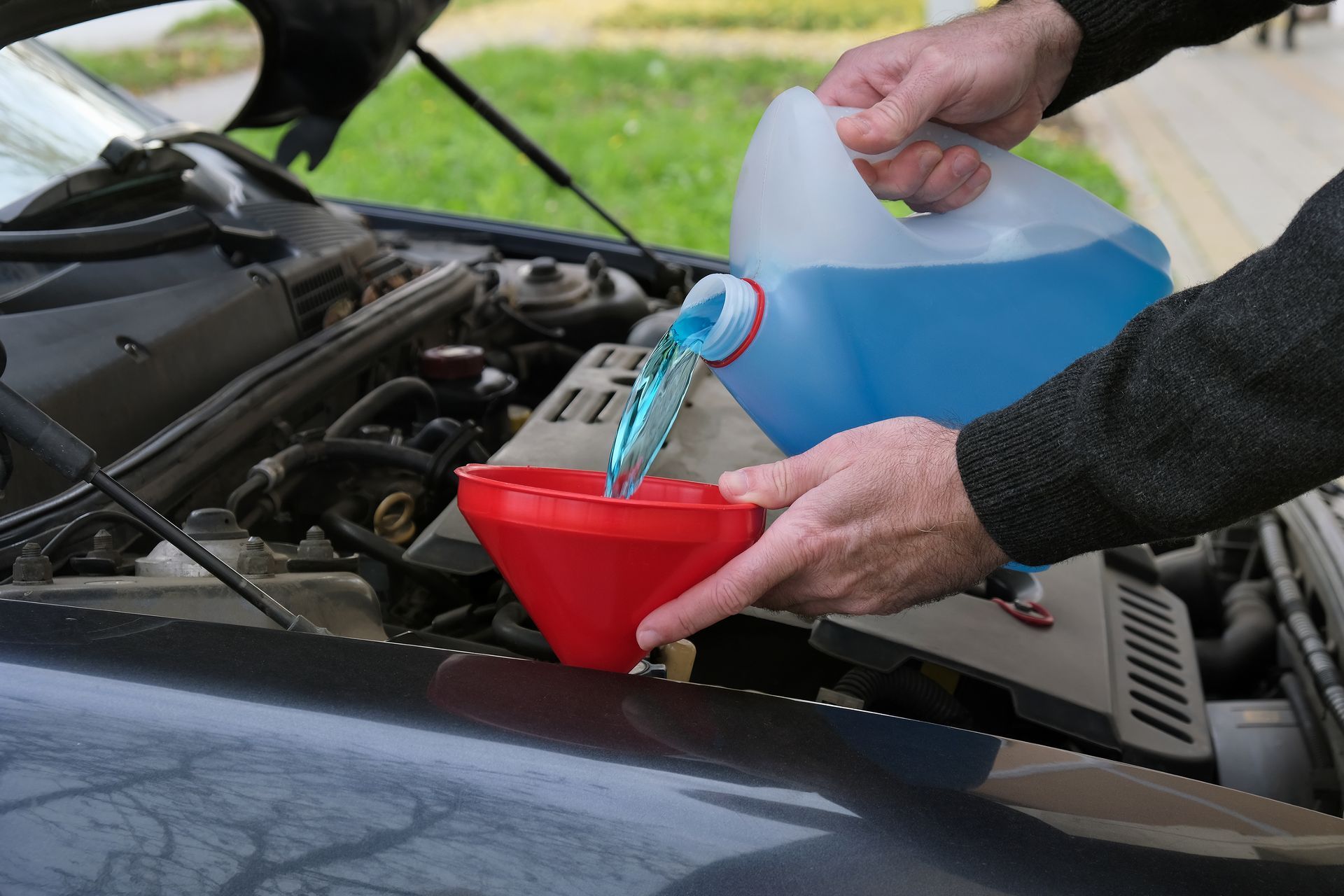Have you ever wondered how your car’s air conditioning (A/C) keeps you cool on those scorching summer days? Most of us take this feature for granted, but a complicated process happens under the hood every time you press the A/C button. Understanding how your car’s air conditioning system works can help you appreciate it even more and, even better, know when something goes wrong. So, let’s find out how a car’s A/C system operates and keeps you comfortable while driving.
1. The Basics of Air Conditioning
At the core of any air conditioning system is the refrigeration process. This involves a substance called refrigerant. It changes from gas to liquid and goes back again to remove heat from your vehicle’s cabin. Simply put, your A/C system doesn’t "create" cold air. It removes the heat from the air inside your car and expels it outside. Once the heat is removed, the air inside the cabin feels cooler. It’s all about heat exchange, and this is achieved through a few key components.
2. The Key Components of a Car’s A/C System
Now that you know the basics, let’s take a closer look at the individual parts that make up your car's A/C system:
Compressor
The compressor is often referred to as the heart of the air conditioning system. It’s powered by a belt connected to the engine and is responsible for pressurizing the refrigerant gas and sending it to the condenser. If your compressor isn’t working properly, your A/C won’t either.
Condenser
The condenser is where the magic of heat transfer begins. This component sits near the front of the car and cools down the pressurized refrigerant, turning it from a gas into a liquid by expelling the heat outside the vehicle.
Evaporator
The evaporator is located inside the cabin and is responsible for absorbing heat from the air inside the car. As the warm air from the cabin blows over the evaporator, the refrigerant inside absorbs the heat, turning it back into a gas. The cooled air is then blown back into the cabin, providing relief from the heat.
Expansion Valve or Orifice Tube
This component controls the amount of refrigerant that enters the evaporator. It ensures that just the right amount of refrigerant is sprayed into the evaporator to effectively cool the air inside the vehicle.
Refrigerant
Refrigerant is a special fluid that changes between gas and liquid as it circulates through the A/C system. Most modern vehicles use a refrigerant called R-134a, though newer models may use a more environmentally friendly version known as R-1234yf.
3. How the A/C Process Works
To better understand how your car’s air conditioning system functions, here’s a simple breakdown of the process:
- Compression: The A/C compressor pressurizes the refrigerant gas, increasing its temperature. This high-pressure gas is then sent to the condenser.
- Condensation: In the condenser, the refrigerant cools and turns into a high-pressure liquid. The condenser releases the heat outside the vehicle, allowing the refrigerant to cool down.
- Expansion: The cooled refrigerant flows through the expansion valve (or orifice tube) where the pressure is reduced. This causes the refrigerant to expand and cool further before entering the evaporator.
- Evaporation: As the refrigerant moves through the evaporator, it absorbs heat from the cabin air, causing the refrigerant to turn back into a gas. The cool air is blown into the car’s cabin, providing the cooling effect you feel.
- Recirculation: The refrigerant gas is sent back to the compressor to begin the cycle again. This cycle repeats continuously while your A/C is running.
4. Signs Your Car’s A/C System Might Be Failing
No one wants to be stuck without A/C on a hot day, so it’s important to recognize the warning signs of a failing air conditioning system. Here are some common indicators:
- Weak or No Cool Air: If your A/C is blowing warm or weak air, it could be due to low refrigerant levels, a faulty compressor, or a blockage in the system.
- Strange Noises: Grinding, rattling, or squealing noises when you turn on the A/C can indicate problems with the compressor or other components.
- Unpleasant Smells: Musty or foul odors coming from the vents may point to mold buildup in the evaporator or air ducts.
- Leaking Refrigerant: If you notice puddles of fluid under your car that aren’t water, it could be refrigerant leaking from the system.
5. Maintaining Your A/C System
Proper maintenance can ensure your car’s air conditioning system stays in top shape. Here are a few tips to extend the life of your A/C system:
Run the A/C Regularly
Even in colder months, it’s a good idea to run your A/C for a few minutes. This helps keep the system lubricated and prevents seals from drying out.
Check for Leaks
Keep an eye out for refrigerant leaks and address them immediately. Low refrigerant levels can damage the compressor over time.
Replace the Cabin Air Filter
A clogged air filter can reduce airflow, causing your A/C to work harder than necessary. Regularly replace the cabin air filter as part of your vehicle’s routine maintenance.
Schedule Regular Inspections
Have your A/C system inspected by a professional regularly to identify any issues before they become bigger problems.
Is your car's air conditioning not as cold as it used to be? Come to
Forthright Auto Repair for a full A/C system check. Our experts will have your A/C running checked in no time. Schedule your service today!



